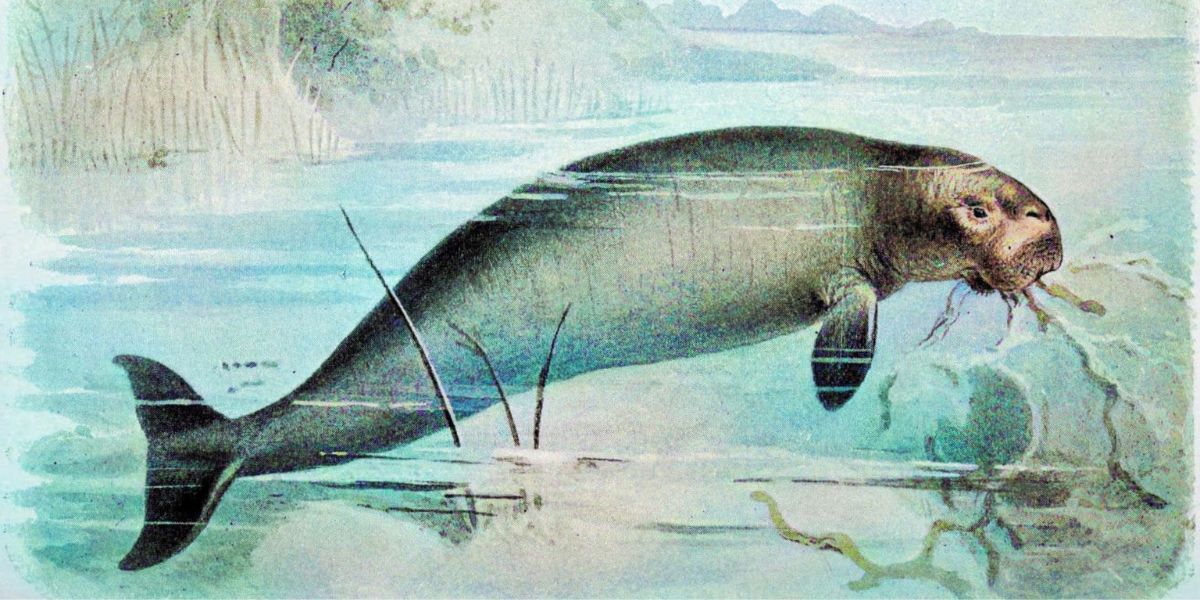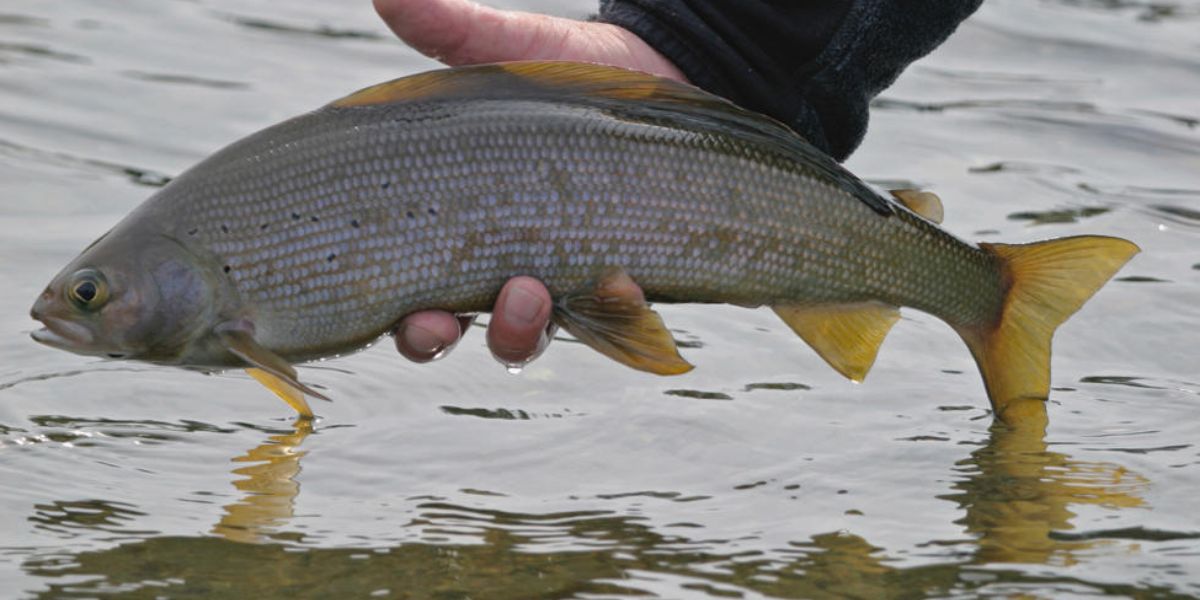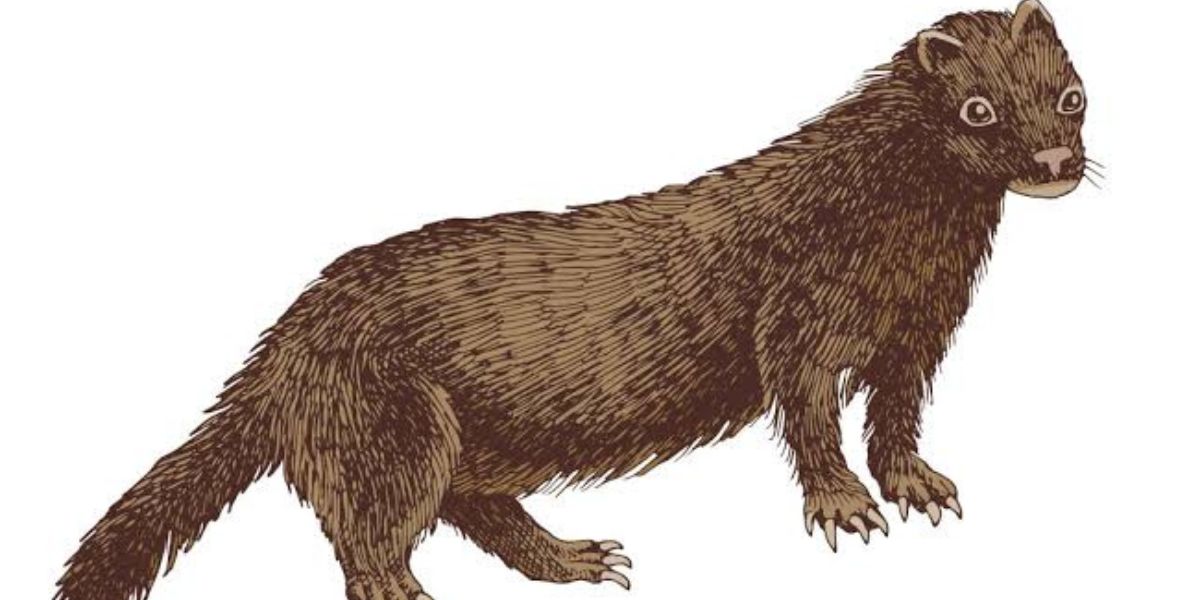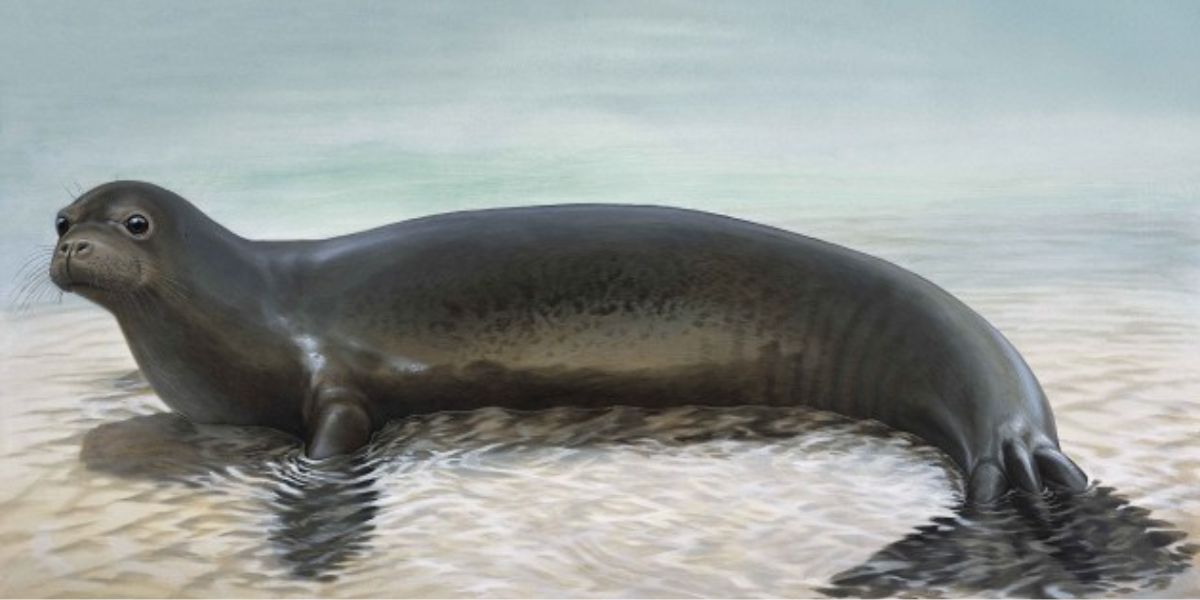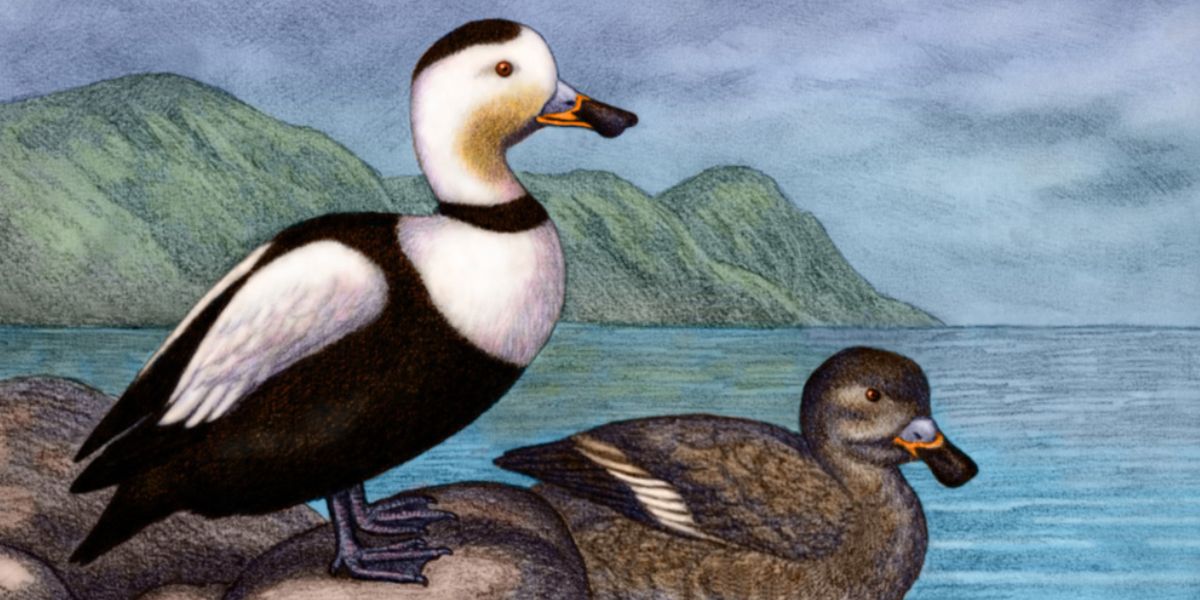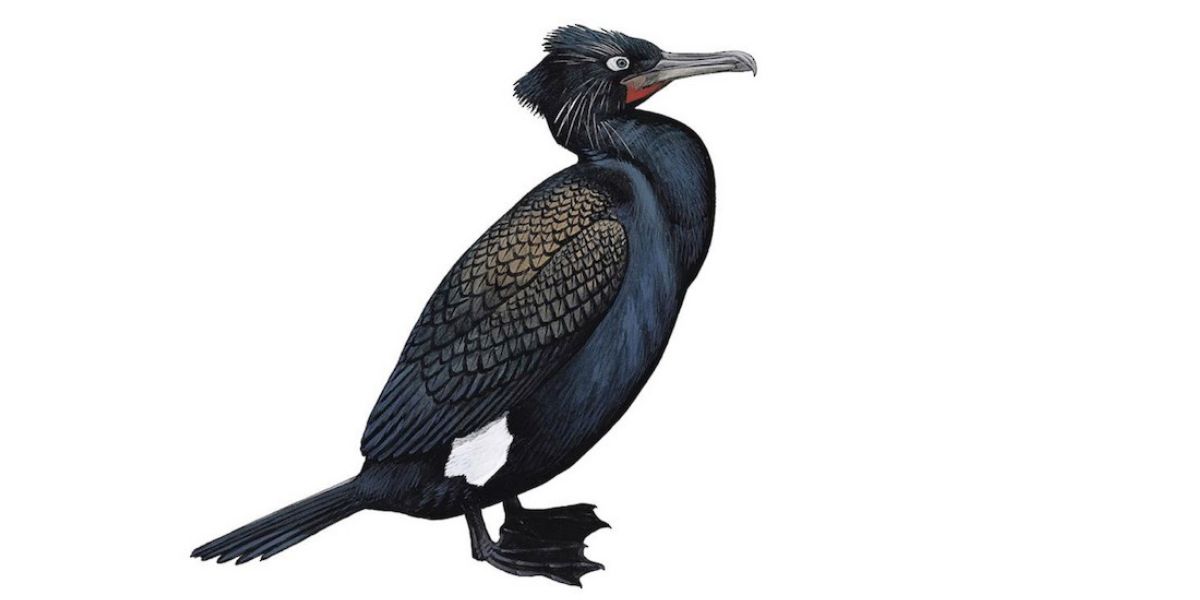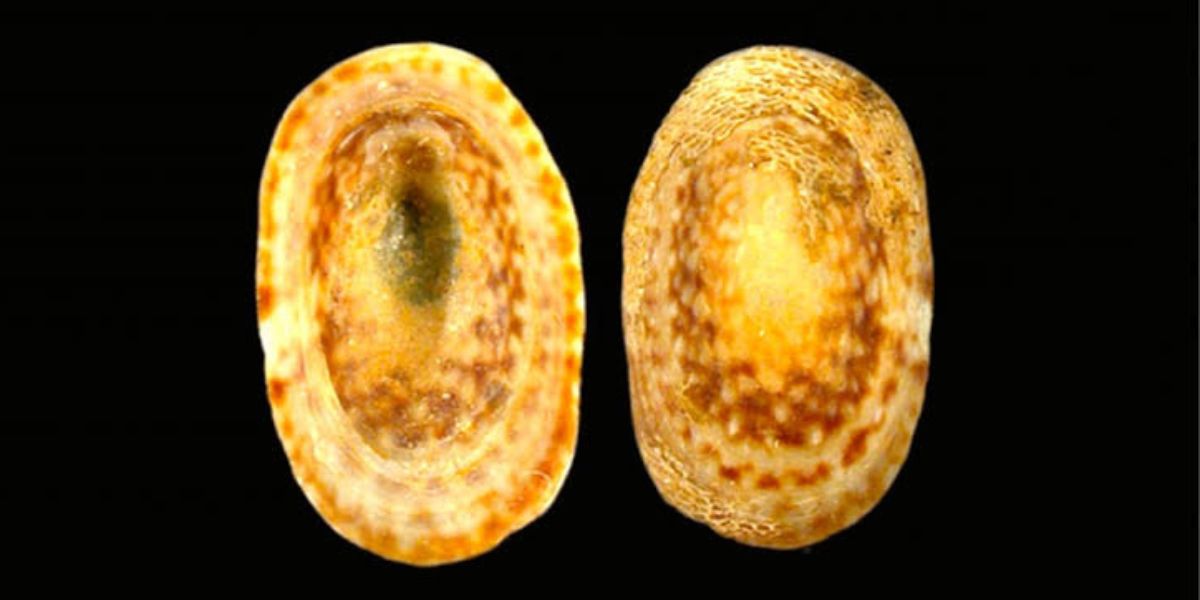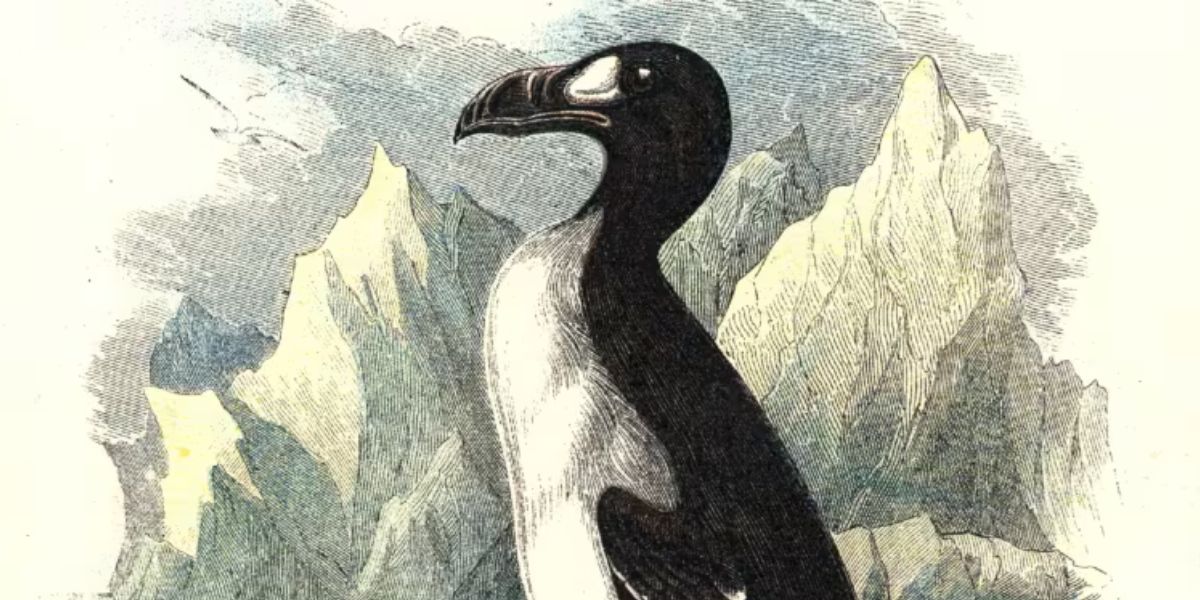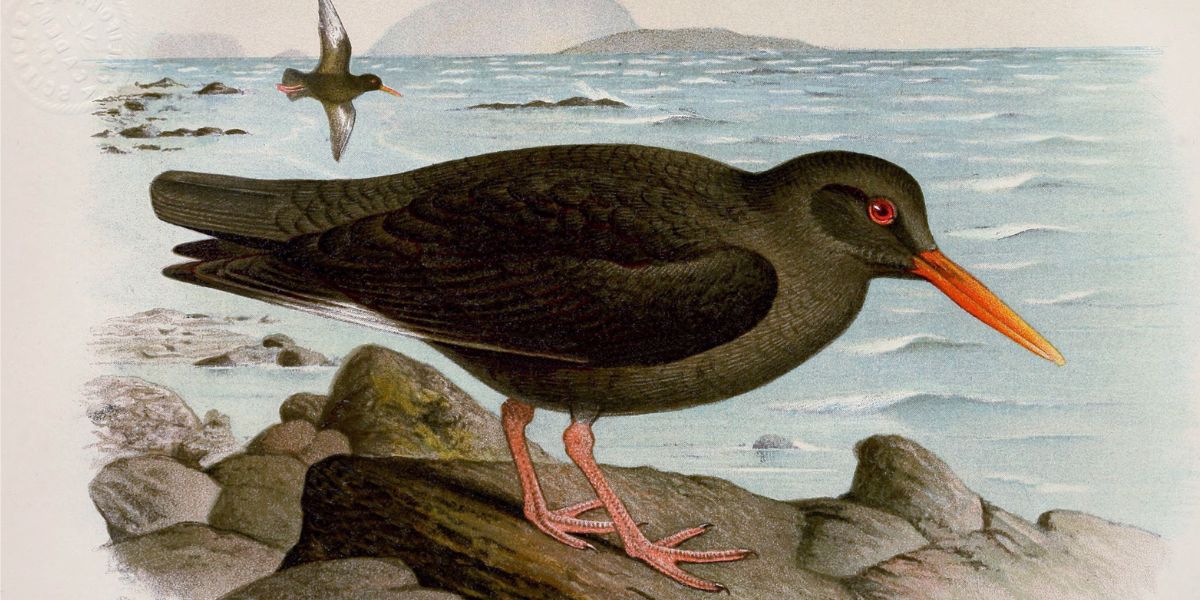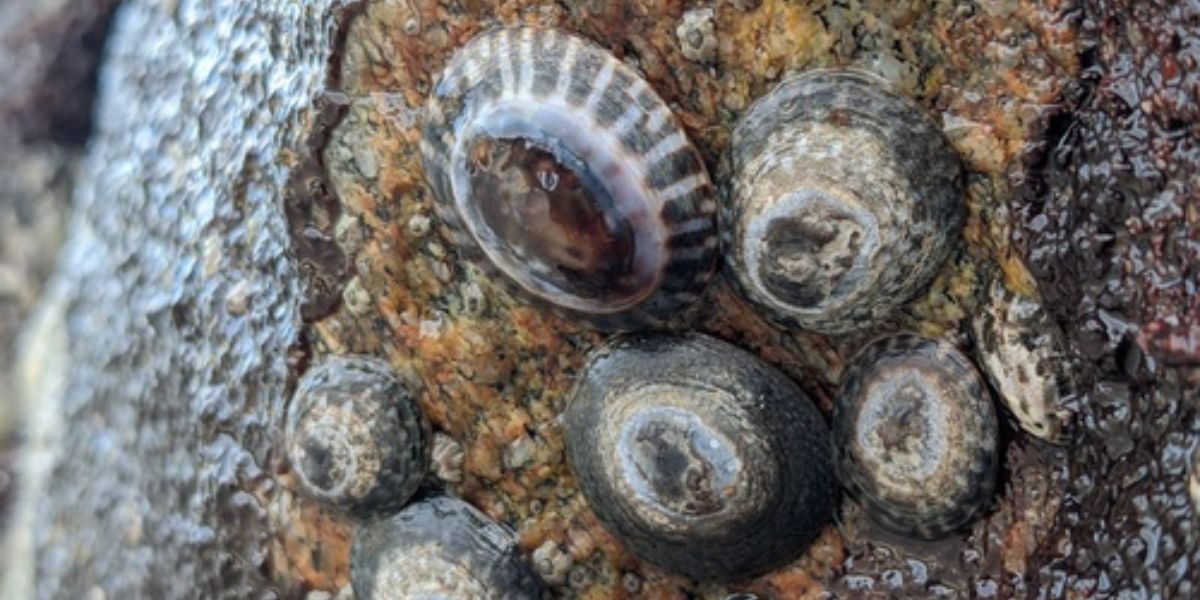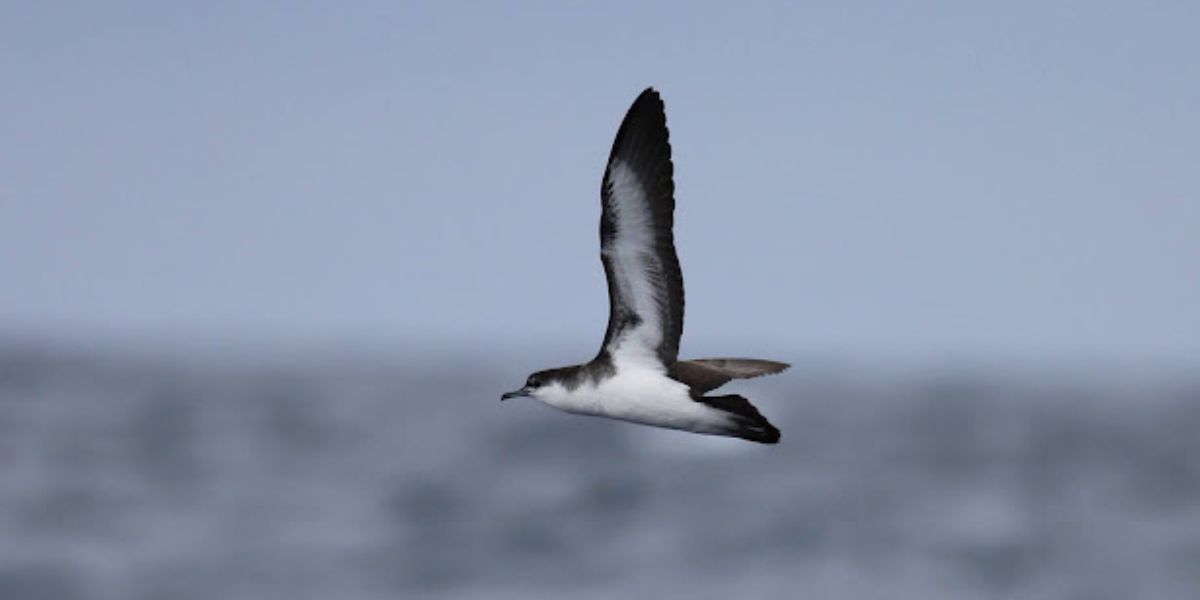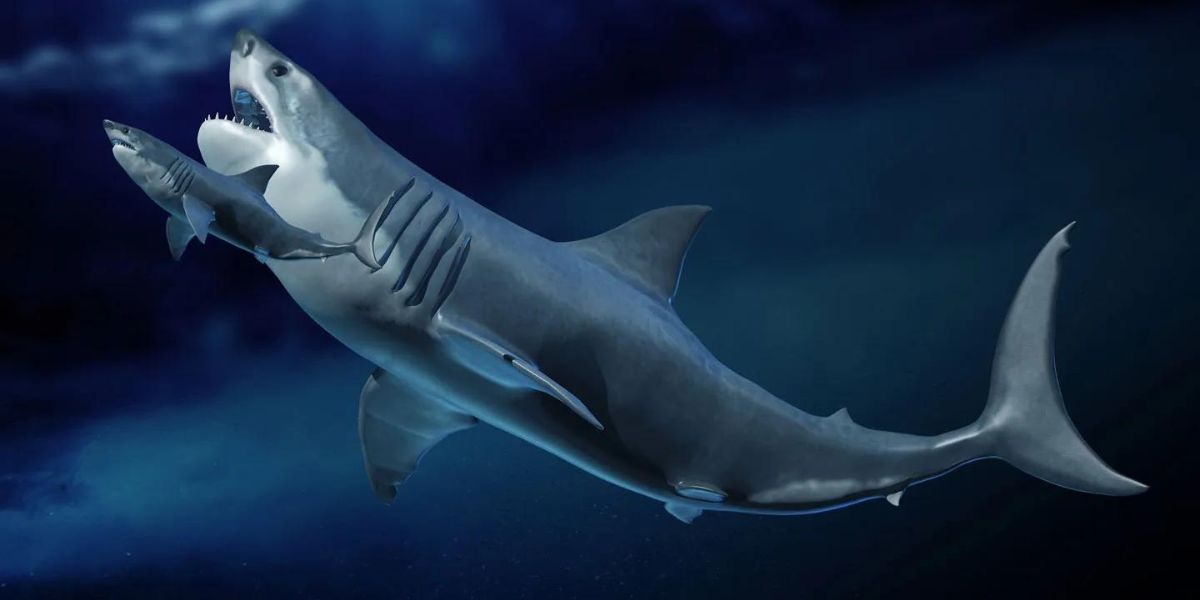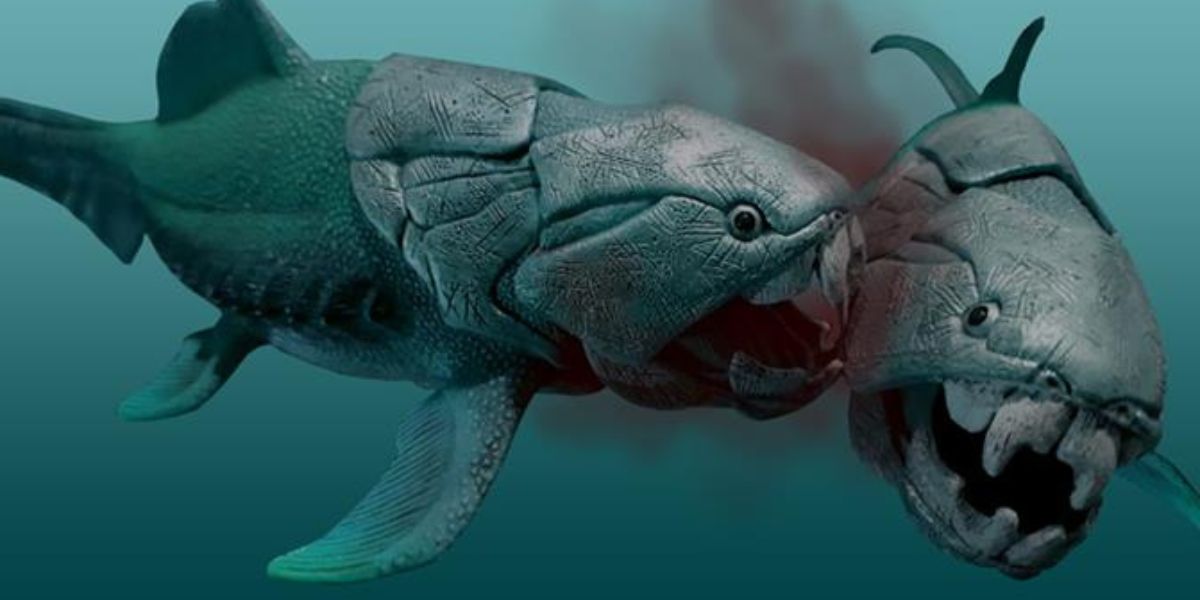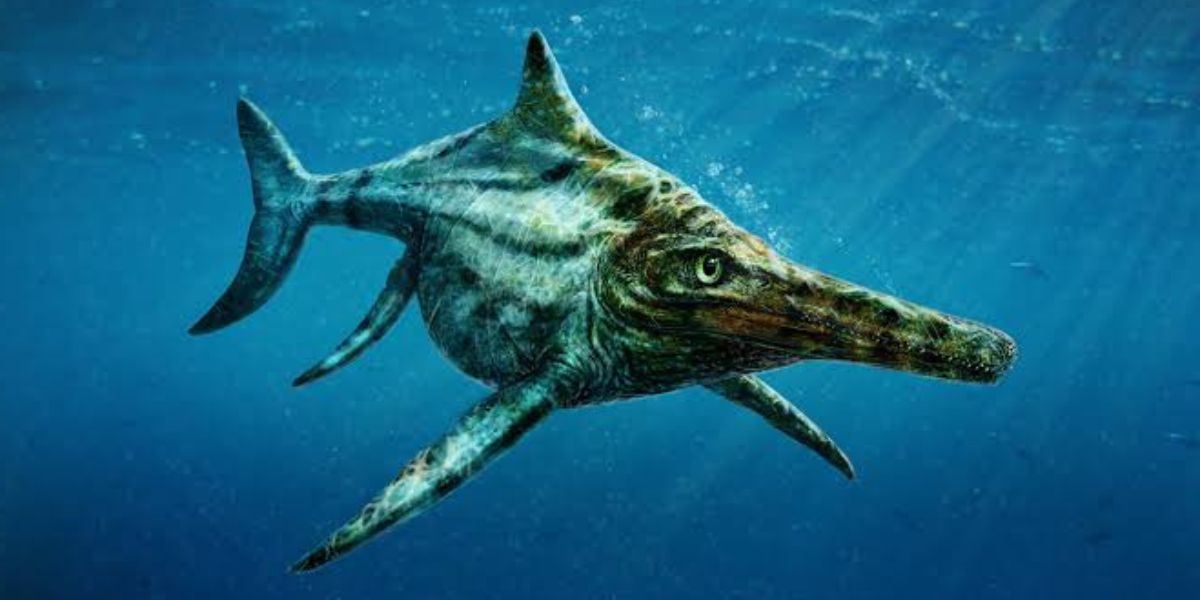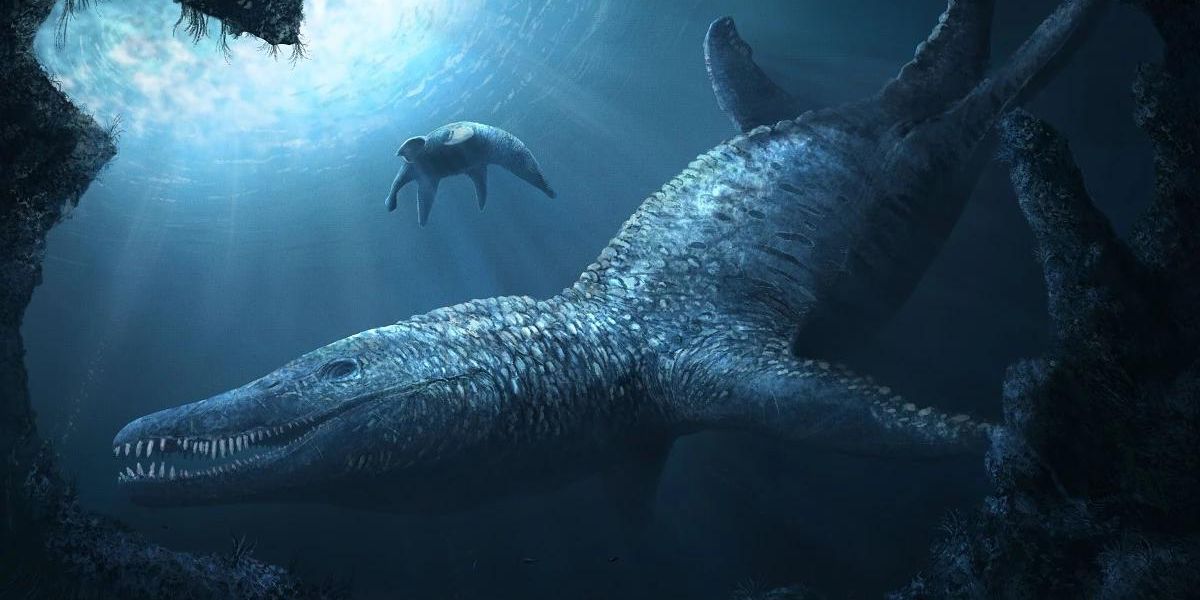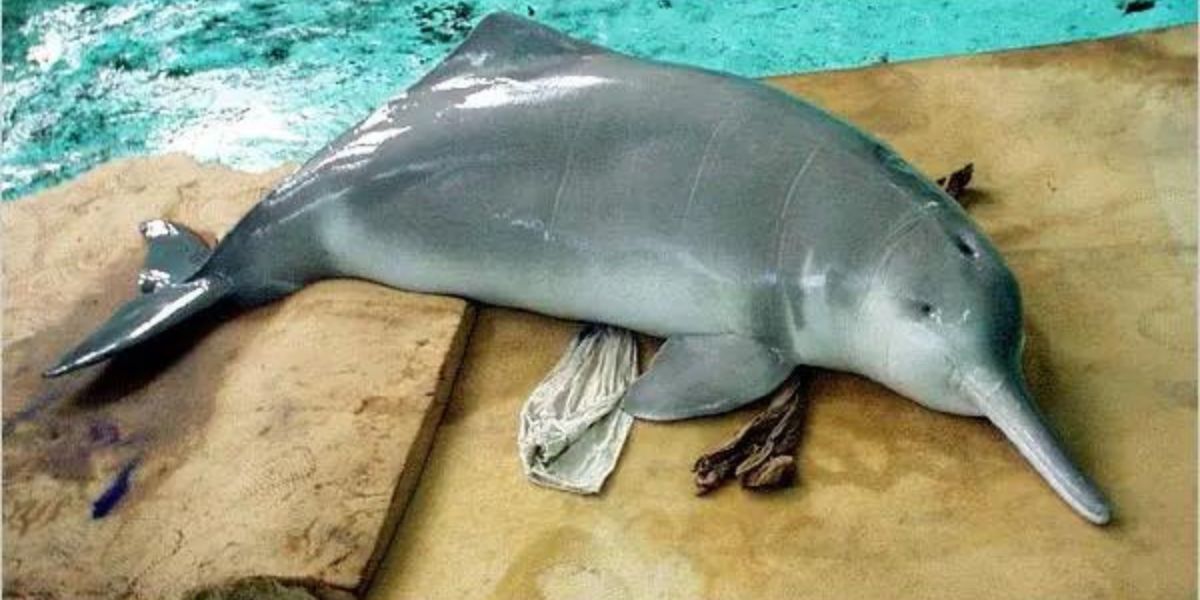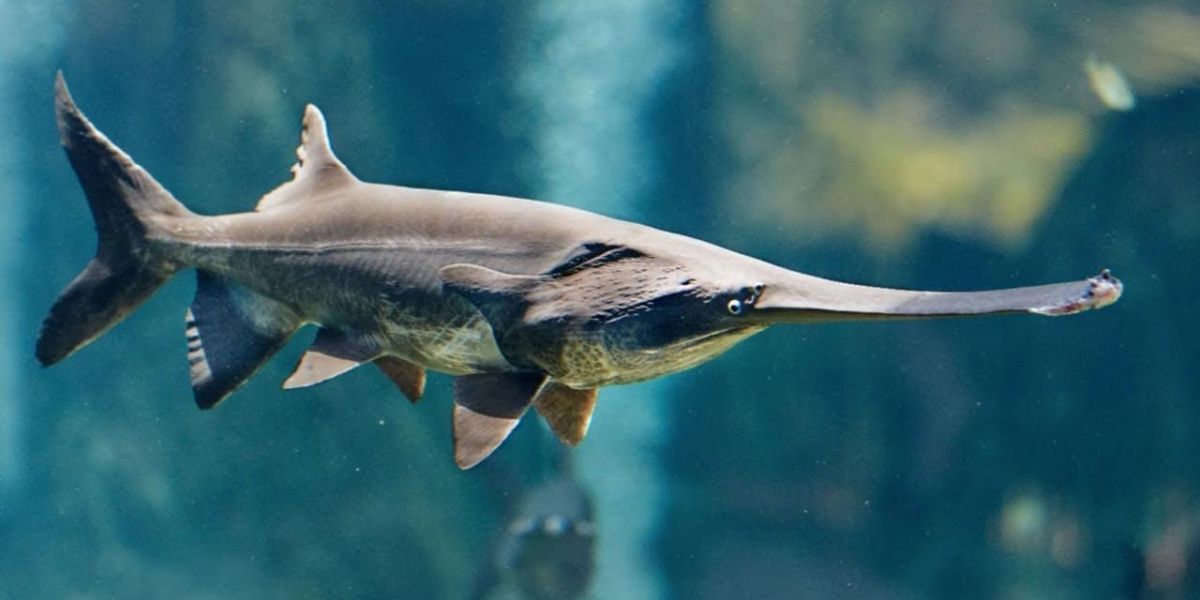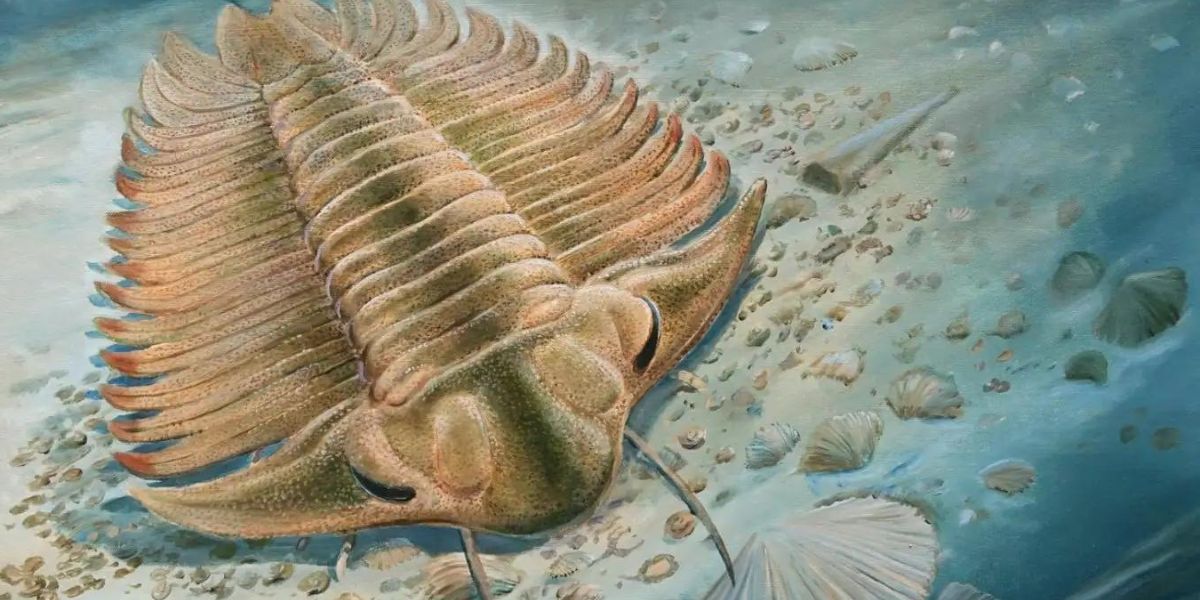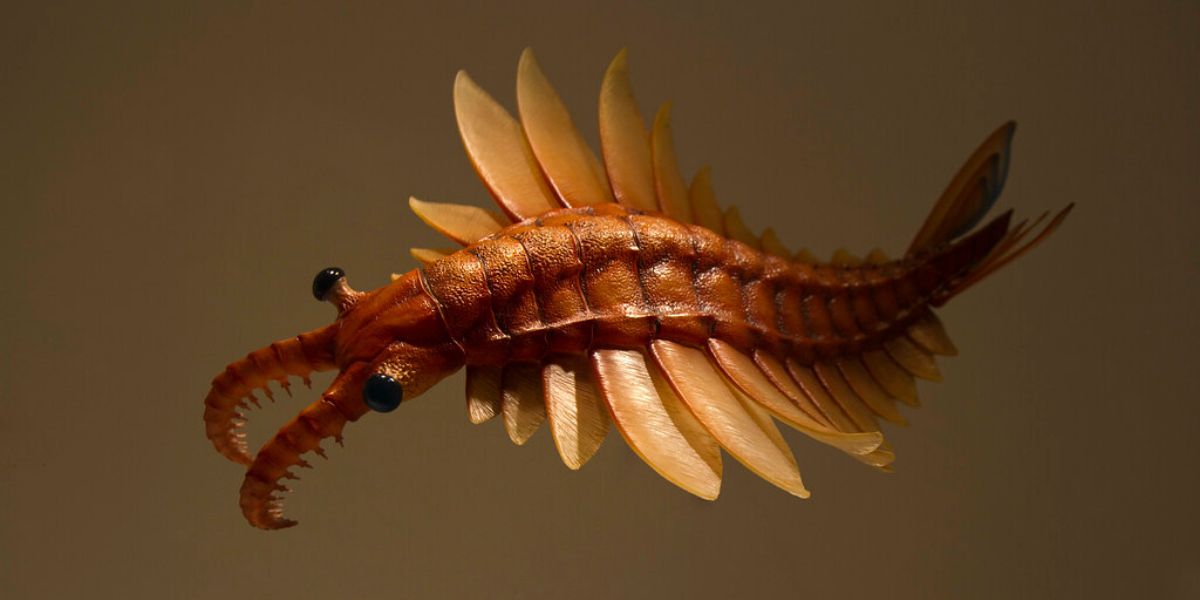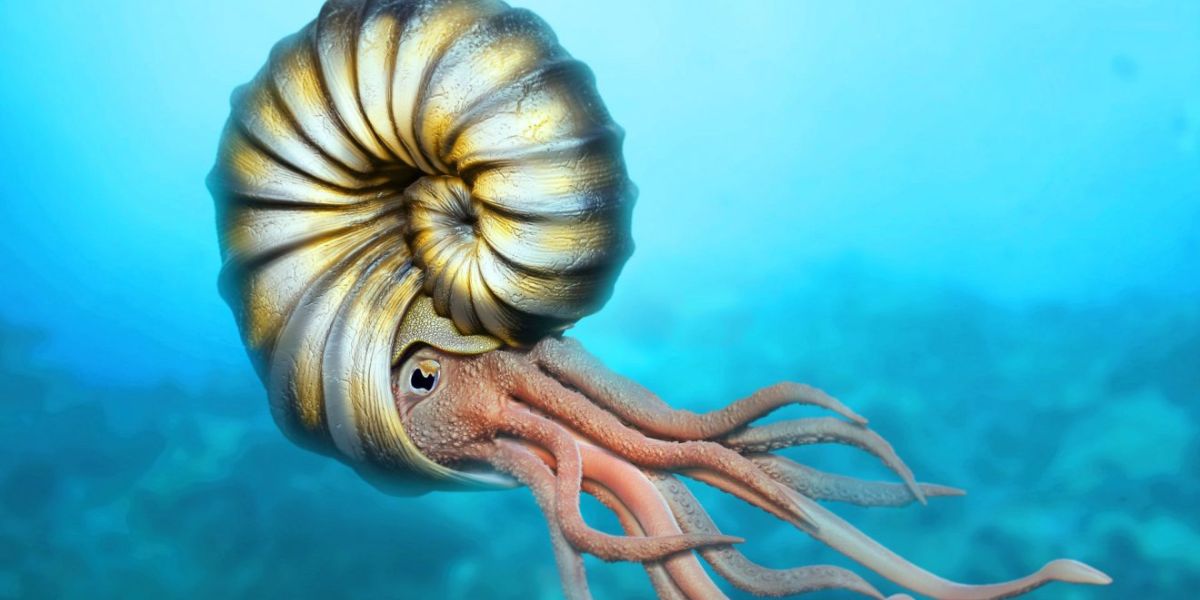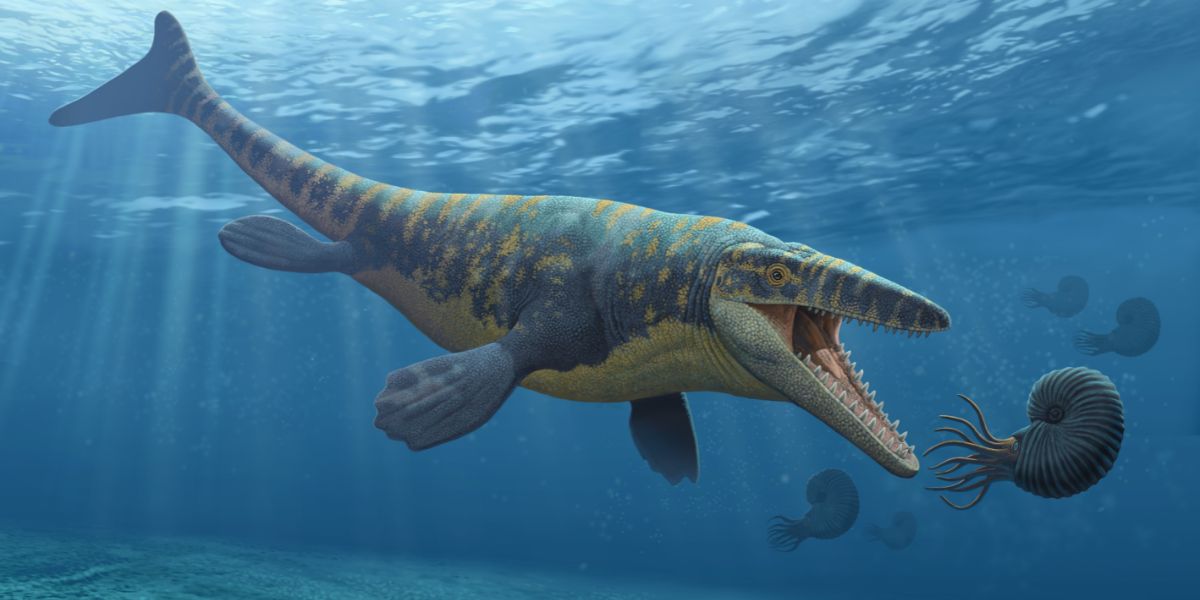The ocean, a vast saltwater body, covers more than 70 percent of the earth’s surface and is home to many different kinds of tiniest plankton and animals. Over time, several species have become extinct- blame it on human activities, habitat destruction, evolution, environmental conditions and other changes. Scientists have even warned that the number of marine extinctions could increase rapidly due to industrialization.
Take a look at some of the sea animals that have vanished from the Earth.
Steller’s sea cow
Scientific name: Hydrodamalis gigas
It is an extinct Sirenian and extraordinary creature discovered in 1741. These large aquatic mammals were originally found in the Arctic Ocean and Pacific Ocean. They went extinct 27 years (1768) after Europeans found it. They were wiped out by hunters for meat, fat and fur. The Europeans greedy desire for fur hats and coats caused this species to become a victim of the international fur trade.
New Zealand grayling
Scientific name: Prototroctes oxyrhynchus
This is the only marine fish that went extinct in the last 500 years. These fishes were born in streams and matured in the oceans near New Zealand. They were abundant in the 19th century, but were often hunted by the Māori people, also became a sporting fish. A decline in numbers was noted in the 1870s. The main reasons for this species’ extinct are believed to be overharvesting, introduction of invasive trout and deforestation.
Sea Mink
Scientific name: Neovison macrodon
Sea Mink lived along the Atlantic coast of North America. This marine mammal was sought after for fur, which was more desirable than other mink species because of their large size. The unregulated fur trade played a role in their extinction.
Caribbean monk seal
Scientific name: Monachus tropicalis
Caribbean monk seal, as the name suggests, was a native of the Caribbean. Also known as West Indian seal or sea wolf, they are believed to have gone to extinction due to overhunting for oil and meat. Also, overfishing of reefs might have depleted their prey source.
Labrador duck
Scientific name: Camptorhynchus labradorius
Labrador ducks were never abundant; they were rare North American birds. These sea ducks are reportedly believed to have vanished 150 years ago. Apparently, egg collection and hunting might be the reasons for their extinction.
Pallas’s cormorant
Scientific name: Phalacrocorax perspicillatus
Pallas’s cormorant, found only in Russia, was the largest cormorant species in the world. Reportedly, the population declined as visitors began collecting the birds for food and feathers. The species eventually became extinct due to hunting.
Eelgrass limpet
Scientific name: Lottia alveus
It was a species of sea snail found in the western Atlantic Ocean. The extinction of this species wasn’t caused directly by human interference, and it is believed that it might have vanished because of the catastrophic collapse of the eelgrass plant, Zostera marina, which served as its only habitat and food source.
Great auk
Scientific name: Pinguinus impennis
This was the only modern species in the genus Pinguinus, known for breeding on isolated and rocky islands along the coasts of the North Atlantic. They became extinct in the 19th century. Like other extinct seabirds, the great auk’s decline started when Europeans explored its habitat. They were hunted for food and even used as fishing bait. The bird’s feathers were also in high demand in Europe. Apart from these, hunting and capturing eventually led to its extinction.
Canary Islands oystercatcher
Scientific name: Haematopus meadewaldoi
It was a shorebird found only in Fuerteventura, Lanzarote, and nearby islets in the Canary Islands, Spain. These birds preferred rocky shores. Their prolonged decline began mostly in the 19th century and they completely disappeared in 1940. Their extinction was caused by various reasons, one of which was the collection of their eggs for consumption, as they were known for their exquisite taste. They were also hunted down by the cats and rats. Other factors for their extinction included the overharvesting of their prey and the impact of invasive species.
Ed Mitchell’s limpet
Scientific name: Lottia edmitchelli
Ed Mitchell’s limpet was found on the coast of Southern California, and was probably endemic. Their extinction was probably because they lived in a specific and fragile environment that was damaged by human activities as the human population in that area increased.
Japanese sea lion
Scientific name: Zalophus japonicus
This aquatic mammal was found in the western North Pacific and its marginal seas, and bred on flat and open sandy beaches and occasionally in rocky areas. However, they were driven to extinction in the 1900s. Japanese sea lions were hunted for not only food, but also for their oil and body parts, which were used in traditional medicine and were considered expensive.
Christmas sandpiper
Scientific name: Prosobonia cancellate
Christmas sandpiper was a small shorebird that was found only on the island of Kiribati. It disappeared in the first half of the 19th century, mostly because they were killed by invasive mammals on the island.
Olson’s Petrel
Scientific name: Bulweria bifax
This seabird, which was endemic to Saint Helena, a volcanic island in the South Atlantic Ocean, is also referred to as the small Saint Helena petrel or the Saint Helena Bulwer’s petrel. It is believed to have vanished because of human interference following the island’s discovery by Europeans.
Megalodon
Scientific name: Otodus megalodon
This giant mackerel shark, known as one of the largest and most powerful predators ever to exist, was found 23 to 3.6 million years ago. It was over three times larger than a great white shark. It is believed that this species disappeared around the same time that primitive baleen whales, including huge blue whales, started to grow to their current size. It is said that when these large predators vanished from the oceans, it helped the whales flourish and become bigger. Fossils of these huge sharks were found in waters off Africa, Europe and America.
Stupendemys
This is an extinct genus of side-necked turtles and the largest freshwater turtle, the fossils of which were found in northern South America, dating from about 13 to 5 million years ago. It is believed that the turtle increased in size over time to adapt to the enormous animals with whom it shared its living spaces, including different kinds of large crocodiles.
Helicoprion
It is a shark-like eugeneodont fish that lived 270 million years ago and is famous for its circular and toothy saw, which was a natural defense tool to wade off its underwater enemies. The fossils of Helicoprion have been found worldwide.
Dunkleosteus
Dunkleosteus existed approximately 382 to 358 million years ago during the Late Devonian period. It was a pelagic fish that lived in open waters. Without actual teeth, this fish caught its prey using its two long blades and crushed it. It was bigger than a killer whale. Fossils of these species were discovered in North America, Poland, Morocco and Belgium.
Dearcmhara
Scientific name: Dearcmhara Shawcrossi
This marine lizard lived during the early to mid-Jurassic period, around 170 million years ago. It looks like a mix between a crocodile and a dolphin. The fossil remains were discovered on the island of Skye in Scotland.
Pliosaur
This was the most terrifying creature in the water that lived during the Jurassic period, around 155 years ago. So, terrifying that it was called by one of the news outlets as a ‘crocodile on steroids’. It had a jaw that was as big as a human’s and large teeth that might have been able to bite through a Dearcmhara in just one bite. Its eyes were huge, like melons. The fossils of Pliosaur were found in England and Norway in 2000s.
Tanystropheus
This huge reptile lived during the Triassic Period in Europe, Asia, and North America. Paleontologists believed that this was a prehistoric reptile similar to a giraffe with shorter legs, a long neck that stuck out and a big tail.
Baiji
Scientific name: Lipotes Vexillifer
This freshwater dolphin was found in China’s Yangtze River. It is believed to be the first dolphin species to go extinct due to human impact, including pollution and destruction of river habitat. Reportedly, the baiji population declined drastically because of industrialization and the heavy use of the river for fishing, hydroelectricity, and transportation. In 2006, a survey was conducted that failed to locate any baiji in the river, leading to its declaration as extinct.
Chinese paddlefish
Scientific name: Psephurus gladius
Chinese paddlefish was one of the largest freshwater fish, that was found in China’s Yangtze River. It was declared extinct in 2019 due to human activities like overfishing and dam construction in the Yangtze River.
Trilobites
These marine arthropods appeared near the beginning of the Cambrian Period, i.e., 521 million years ago. They became extinct about 250 million years ago, at the end of the Permian Period. We know about them through the study of their fossils, which are typically the impressions left by their shells after they were buried in mud that turned into rock.
Cameroceras
Cameroceras was a type of ancient cephalopod that lived in equatorial, shallow tropical seas in and around Laurentia, Baltica and Siberia during the Ordovician period. Its shell was mostly straight and pointed and these creatures came in a broad range of sizes.
Anomalocaris
Anomalocaris is a large, predatory arthropod that lived about 520 million years ago during the Cambrian period. They are known for their unique body structure, including large eyes, a segmented body, and two large claws in front that are used to catch prey.
Ammonite
Scientific name: Ammonoidea
They are a group of cephalopods related to modern animals like squids and octopuses. They had spiral-shaped shells and first appeared about 416 million years ago during the Devonian period.
Tylosaurus
Tylosaurus was a type of mosasaur, a large marine predatory reptile or lizard, that lived around 85 to 80 million years ago during the Late Cretaceous period. Tylosaurus had a long-streamlined body with powerful flippers and sharp teeth. Fossils of this species were found in the North Atlantic Ocean including areas of North America, Africa and Europe.

